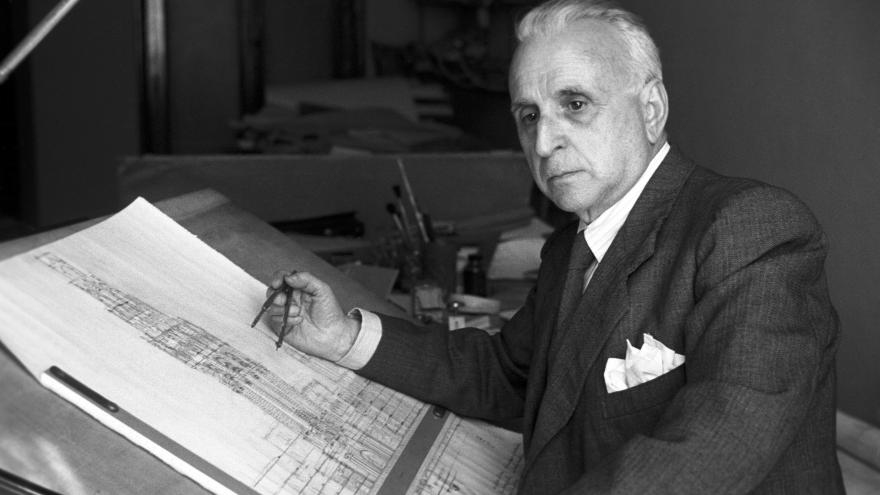
Architects of Madrid: Luis Gutiérrez Soto
Between the end of 1920 and the beginning of 1930, historicist architecture gives way to rationalism, a new style influenced by the avant-garde movements that spread across Europe: Art Deco, Bauhaus, Secessionism or Mendelsohn's Expressionism. Thus, the new neighborhoods of Madrid such as Ibiza or Argüelles adopted a series of common features: corner buildings, horizontal cut and naval influence, with running windows, flat terraces and tube rails. In Spain, the promotion of this movement is led by the group called the Group of Spanish Artists and Technicians for the Progress of Contemporary Architecture (GATEPAC), with members such as Sert, Torres Claver, García Mercadal, Aizpurúa and Labayen. Although far from it and with very personal nuances, the author of some of the most representative buildings of Madrid rationalism will be Luis Gutiérrez Soto.
Brief biographical sketch
Luis Gutiérrez Soto (Madrid, 1900 - 1977)
Born in 1900 in the Salamanca district of Madrid, after studying at El Escorial he enrolled in the School of Architecture, where he graduated in 1923. Before finishing he worked as a decorator, for example, in La Unión Musical (San Jerónimo's career) .
Throughout his career there are different stages that have produced a huge and varied legacy, especially in the capital: homes, offices, shopping centers, cafes and hotels, churches and even Barajas airport.
The influence of his architecture spread throughout the country, both in constructions developed by himself and by his followers. He shaped a large part of Madrid and Spanish architecture, was a member of the Royal Academy of Fine Arts of San Fernando, of the Spanish representation in the International Union of Architects and dean of the College of Architects of Madrid, the city in which he died in February 1977.
Works
The influence of art decó in the Universal Exhibition of 1925, which he attends, is seen in works such as the Callao cinema, which will be followed by many others such as the Barceló cinema, the Rex and the Cinema Europa of the Bravo Murillo street (now Saneamientos Pereda).
Also of the time are the Aquarium or Chicote bars, designed by him and built by Eduardo Reynals, and the La Isla pool, with the characteristic 'boat' style, which was demolished after the works of the M-30.
With the end of the Civil War, architecture tries to recover the splendor of the past. One of the best examples is the Ministry of the Air, in a neo-Herrerian style, which Gutiérrez Soto built in 1941, in the midst of autarky. A style that evolves in the Defense General Staff, built a few years later.
The legacy extends to residential buildings of well-off middle class, with profiles that modified the widening of Madrid in the second half of the 20th century, such as the Velázquez tower with López de Hoyos and the Retiro tower, in Menéndez Pelayo, among others Many.
And also corporate, such as the Zurich building, the ONCE building on Prim Street, or the La Unión and el Fénix tower, in la Castellana; or commercial buildings, such as the one erected for Galerias Preciados in Callao, today the FNAC building.













